Intro
Escitalopram, commonly known by its brand name Lexapro, is a medication primarily used to treat depression and generalized anxiety disorder. It belongs to a class of drugs called selective serotonin reuptake inhibitors (SSRIs), which work by increasing the levels of serotonin in the brain. Serotonin is a neurotransmitter that helps to improve mood, sleep, and appetite, and it also plays a role in reducing anxiety and fear.
The effectiveness of escitalopram in managing symptoms of depression and anxiety has been well-documented in clinical trials. Patients who take escitalopram often report improvements in their mood, reduced anxiety, and better sleep quality. It's also known for having a relatively favorable side effect profile compared to other antidepressants, although like all medications, it can cause side effects in some individuals.
For many patients, escitalopram 20 mg is a commonly prescribed dose, especially when starting treatment. The dosage can be adjusted based on the patient's response to the medication and the severity of their symptoms. It's crucial for patients to work closely with their healthcare provider to find the right dosage and to monitor any side effects or changes in their condition.
Introduction to Escitalopram
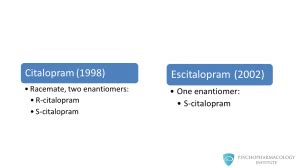
Escitalopram is designed to be taken once daily, with or without food. It's essential to take the medication exactly as prescribed by the healthcare provider and not to stop taking it without consulting them first. Suddenly stopping escitalopram can lead to withdrawal symptoms, which can be uncomfortable and, in some cases, severe.
How Escitalopram Works
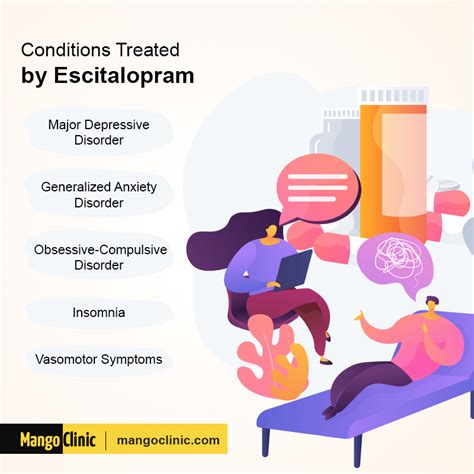
The mechanism of action of escitalopram involves the inhibition of serotonin reuptake in the central nervous system. By preventing the reuptake of serotonin, escitalopram increases the amount of serotonin available for neuronal transmission, which helps to improve mood and reduce anxiety. This effect is relatively specific to serotonin, as escitalopram has a high affinity for the serotonin transporter protein.
Benefits of Escitalopram
The benefits of escitalopram include its efficacy in treating major depressive disorder and generalized anxiety disorder, as well as its relatively favorable side effect profile. Many patients find that escitalopram helps them manage their symptoms effectively, allowing them to lead more productive and fulfilling lives. The medication is also known for its quick onset of action, with some patients beginning to feel the benefits within a few weeks of starting treatment.
Side Effects of Escitalopram
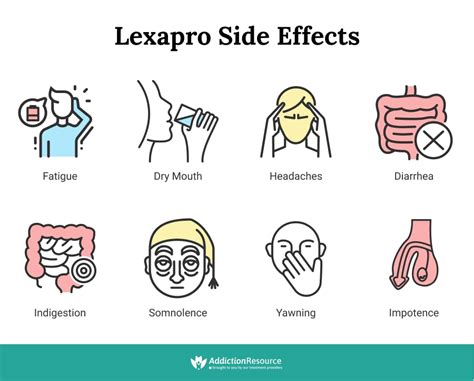
While escitalopram is generally well-tolerated, it can cause side effects in some individuals. Common side effects include nausea, headache, fatigue, and changes in sleep patterns. In some cases, patients may experience sexual side effects, such as decreased libido or difficulty achieving orgasm. It's essential for patients to discuss any side effects with their healthcare provider, as adjustments to the dosage or switching to a different medication may be necessary.
Precautions and Warnings
Before starting escitalopram, patients should inform their healthcare provider about any medical conditions they have, especially if they have a history of seizures, kidney or liver disease, or bipolar disorder. Escitalopram can increase the risk of suicidal thoughts and behaviors in some individuals, especially in children, adolescents, and young adults. Therefore, patients should be closely monitored, especially when starting treatment or changing the dosage.
Dosage and Administration
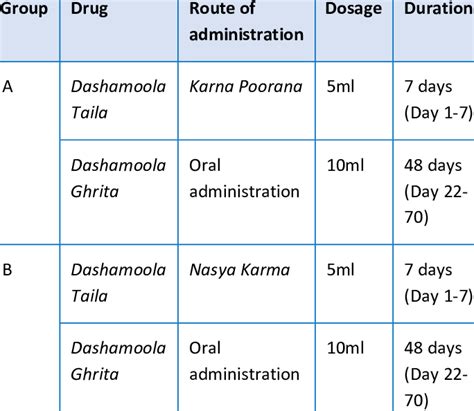
The recommended dosage of escitalopram for treating depression and generalized anxiety disorder is typically 10 mg once daily. However, the dosage can be adjusted based on the patient's response to the medication, and some patients may require a dose of 20 mg daily. It's crucial to follow the healthcare provider's instructions regarding dosage and not to exceed the recommended dose without consulting them first.
Interactions with Other Medications
Escitalopram can interact with other medications, including monoamine oxidase inhibitors (MAOIs), other SSRIs, and certain antipsychotics. These interactions can increase the risk of serotonin syndrome, a potentially life-threatening condition. Patients should provide their healthcare provider with a list of all medications they are taking, including over-the-counter medications and supplements, to minimize the risk of adverse interactions.
Withdrawal from Escitalopram
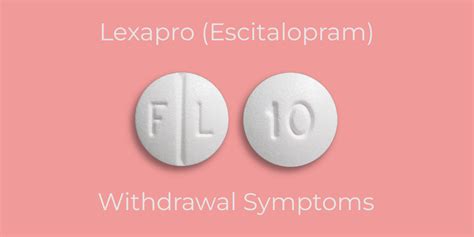
Stopping escitalopram abruptly can lead to withdrawal symptoms, which can include dizziness, headaches, nausea, and irritability. To minimize the risk of withdrawal symptoms, healthcare providers often recommend gradually tapering the dose over a period of weeks or months. Patients should work closely with their healthcare provider to develop a tapering schedule that is tailored to their needs.
FAQs About Escitalopram
Here are some frequently asked questions about escitalopram:
- Q: Is escitalopram addictive? A: Escitalopram is not considered addictive in the classical sense, but stopping it abruptly can lead to withdrawal symptoms.
- Q: Can I take escitalopram during pregnancy? A: Escitalopram should be used during pregnancy only if the potential benefit justifies the potential risk to the fetus.
- Q: How long does it take for escitalopram to start working? A: Some patients may begin to feel the benefits of escitalopram within a few weeks of starting treatment, but it can take up to 6-8 weeks to experience the full effects.
What is the most common dosage of escitalopram?
+The most common dosage of escitalopram is 10 mg once daily, but some patients may require a dose of 20 mg daily.
Can I drink alcohol while taking escitalopram?
+It's generally recommended to avoid drinking alcohol while taking escitalopram, as it can increase the risk of side effects and reduce the effectiveness of the medication.
How long do I need to take escitalopram?
+The length of time you need to take escitalopram depends on your individual condition and response to the medication. Your healthcare provider will work with you to determine the best treatment plan.
Conclusion and Next Steps

In conclusion, escitalopram 20 mg is a commonly prescribed dose for treating depression and generalized anxiety disorder. While it can be an effective medication, it's essential to work closely with a healthcare provider to monitor side effects, adjust the dosage as needed, and develop a plan for tapering off the medication when it's no longer required. By understanding how escitalopram works, its benefits, and its potential side effects, patients can make informed decisions about their treatment and take the first steps towards managing their symptoms and improving their quality of life.
We invite you to share your thoughts and experiences with escitalopram in the comments below. If you found this article helpful, please consider sharing it with others who may benefit from this information. Remember, it's crucial to consult with a healthcare provider before starting or stopping any medication, including escitalopram. By working together and staying informed, we can promote better mental health and well-being for everyone.
